Designing for Pleasure: A Safe and Sound Perch
Thinking like a chipmunk is crucial if you're trying to create a place where humans will feel safe and calm. Not used to being in chipmunk mode? A little practice is all you'll need.
Chipmunks are social animals who don't use brute strength and armor for protection, much like our human ancestors living on the savannah. When a chipmunk is out and about and something scary happens — a cat appears or a thunderstorm begins — there's not much he can do but run and hide. So finding a protected spot from which to survey the nearby world can keep a chipmunk's unpleasant surprises to a minimum.
Humans had a similar set of options for keeping themselves safe eons ago, and early responses to threats remain locked into our brains, where they still shape the sorts of places in which we thrive. Research has shown that when humans create spaces where their primitive selves would have felt safe — also known as biophilic design — they live better lives.
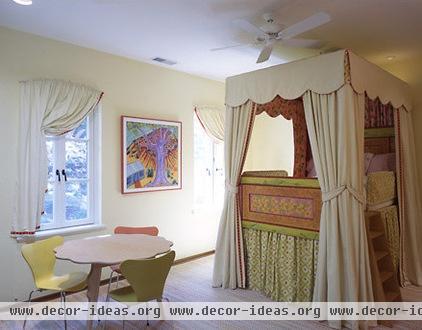
Humans feel very comfortable when they are in a space with what's known in the psych biz as prospect and refuge. That means that they are in a place that's slightly darker than the nearby world, with a lower ceiling, looking out over an area that's more brightly lit and has a higher ceiling. This means we feel comfortable in spaces that remind our chipmunk brains of sitting in a cave looking out over a valley. We particularly like it when our hiding place is a little elevated.
This child's canopy bed is the sort of refuge in which any person would feel safe — very safe. It is a great choice for a child's room because many youngsters are confused by the world and need a retreat where things can be sorted out.
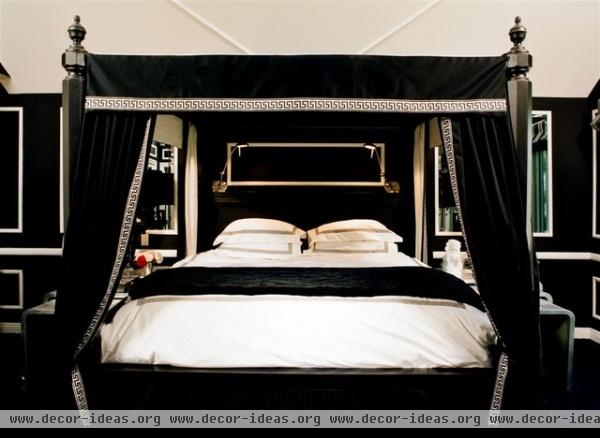
Canopy beds, and the security they provide, aren't just for children. The design of this adult bed would help any of us decompress after a tension-packed day.
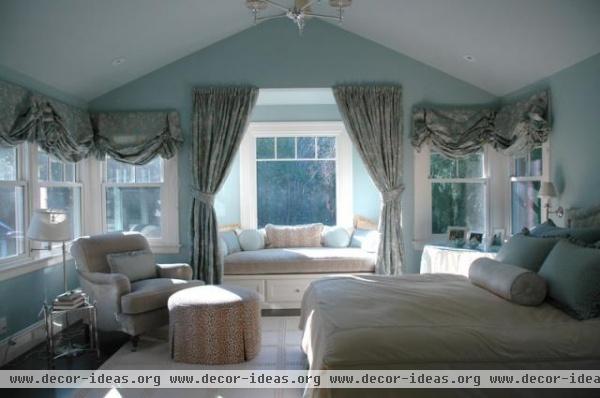
Window seats built in spaces with lowered ceilings are a great place from which to survey the world inside and out. Just another way to get prospect and refuge into our lives.
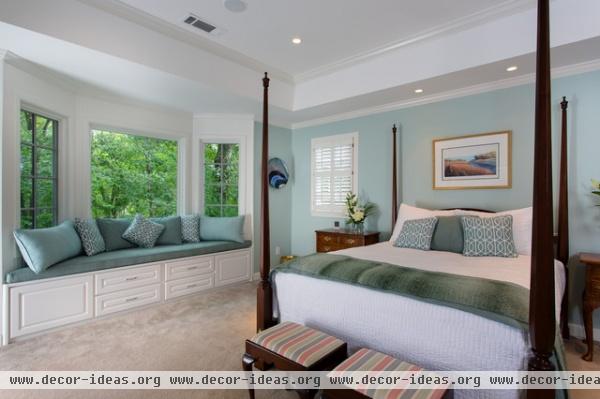
It's possible to vary ceiling heights throughout a space to create places that feel cozy and protected. If it's not possible to build a lower section of ceiling, try draping fabric from the ceiling to create a canopy above one or more chairs.
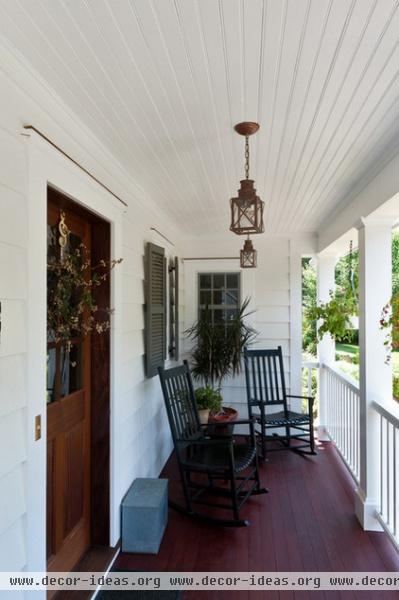
One of the reasons that front porches have such appeal is that they provide a protected place (remember, think chipmunk) for surveying the world.
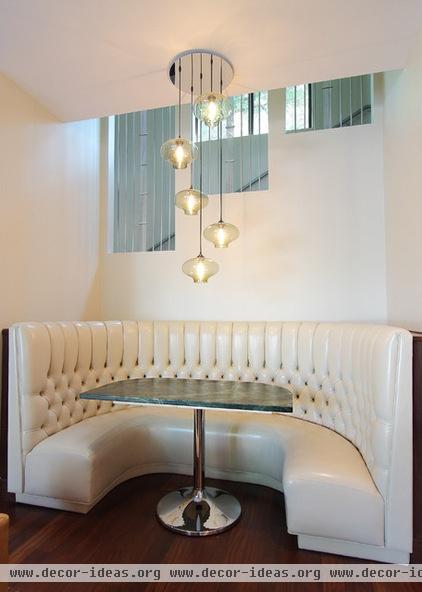
Humans relax when they can easily see what's happening around them and when their backs are protected. Think about a restaurant where people can seat themselves. Which places are taken first? They're the seats in the high-backed booths from which people can see the door. Chipmunk thinking prevails!
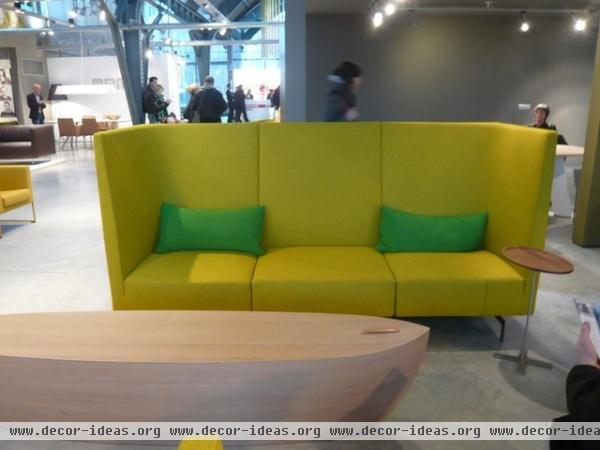
Humans prefer not to sit in the middle of spaces, particularly when people are walking behind them. But pushing all the furniture against the walls of a room doesn't work for many reasons.
High-back furniture can save the day. Sitting in it makes people feel more relaxed. Take this public space for example. Even when pedestrians walk behind, anyone on the couch will still feel sheltered and comfortable.
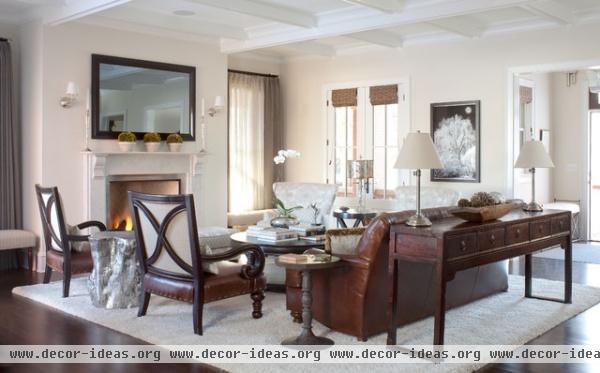
When you can't use a sofa/chair with a high back, put a significant object behind it to "protect" the people sitting there. A large, sturdy table does the trick.
More:
Designing for Pleasure: The Beauty of Movement
Decorate With Intention: A Crash Course in Feng Shui












